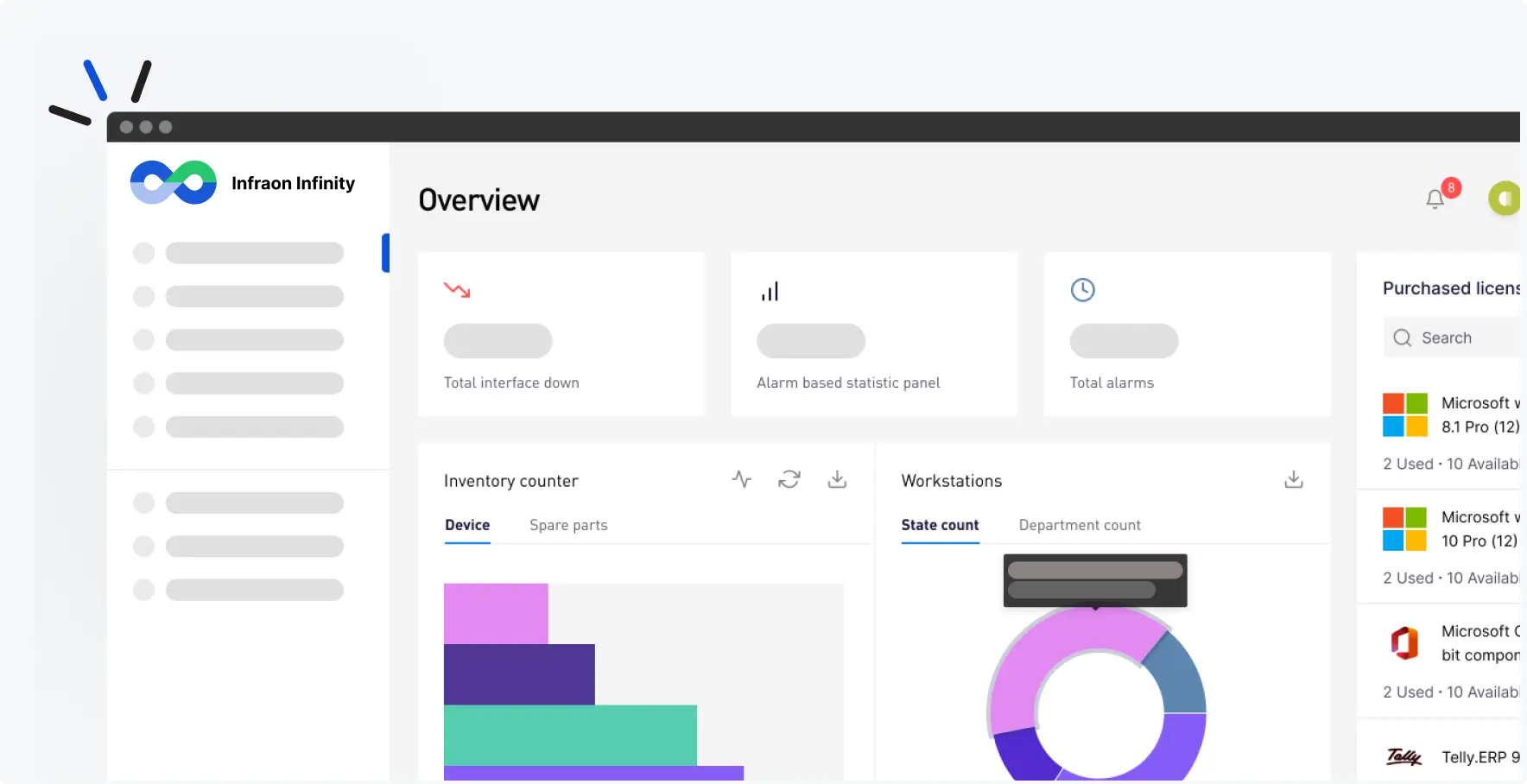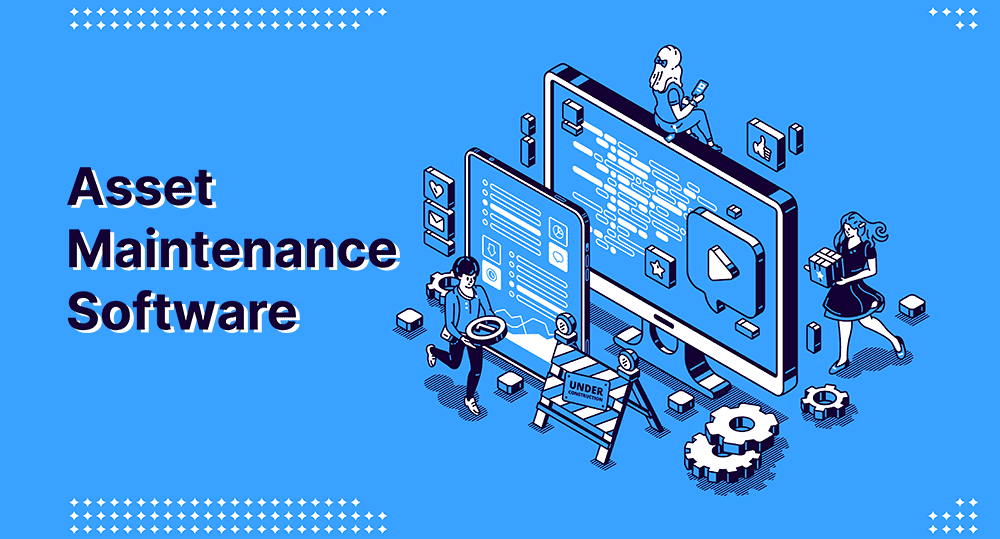In today’s rapidly evolving business landscape, digital transformation is no longer just an option, but a necessity. With the COVID-19 pandemic, remote work has become a new norm and the traditional ways of work have been completely disrupted. In this new era, organizations are facing new challenges in managing their workforce and ensuring employee productivity and engagement. The solution? Digital Employee Experience (DEX).
DEX is the next frontier in digital transformation, aiming to create a positive digital experience for employees that supports business goals and drives success. It encompasses all aspects of the employee experience, from onboarding to daily work and beyond. By focusing on DEX, organizations can ensure that their employees have the tools and systems necessary to be productive and engaged in their work, regardless of location or device.
Related blog: Best Digital Employee Experience Platforms
Why Digital Employee Experience Matters
Digital employee experience (DEX) has become an increasingly important aspect of business operations in recent years. With the shift towards remote work and digital transformation, organizations must ensure that employees have the tools and systems necessary to be productive and engaged in their work. Here are a few reasons why digital employee experience matters:
- Productivity: By investing in DEX, organizations can provide employees with the tools and systems they need to be productive in their work. This can lead to improved workflows, better collaboration, and increased efficiency.
- Engagement: When employees have a positive digital experience, they are more likely to be engaged in their work and motivated to achieve business goals. This can lead to increased employee satisfaction, reduced turnover, and improved employer brand.
- Flexibility: With DEX, employees can work from anywhere, at any time, on any device. This can provide greater flexibility and work-life balance, which is becoming increasingly important to today’s workforce.
- Innovation: By embracing DEX, organizations can drive innovation and stay ahead of the curve in a rapidly changing digital landscape. This can lead to improved agility, faster time to market, and increased competitiveness.
- Compliance: DEX can help organizations ensure compliance with regulatory requirements and data privacy laws. This can provide greater security and protection for both employees and the organization as a whole.
Overall, DEX is crucial for organizations looking to create a great digital experience for employees that supports business goals and drives success. By investing in DEX, organizations can improve productivity, engagement, flexibility, innovation, and compliance, leading to a more successful and competitive business in today’s digital age.
Strategies to Improve the Digital Employee Experience
Creating a strong DEX strategy is crucial to building a productive and engaged workforce in today’s digital age. However, it requires a range of complex technologies, cultural changes, and resource investments, which can be challenging for organizations to navigate. This is why it’s important to understand the need for a DEX strategy and the benefits it can bring to businesses. In this article, we’ll explore the challenges and benefits of investing in DEX, and provide insights into how organizations can create effective DEX strategies to thrive in the digital era.
DEX encompasses all aspects of the employee experience, from onboarding to daily work and beyond, and aims to create a digital experience that supports business goals and drives success. Here are some strategies organizations can use to improve their DEX:
Identify employee needs and pain points
To improve DEX, organizations need to understand the needs and pain points of their employees. This can be done through surveys, focus groups, or other feedback mechanisms. Once these needs are identified, organizations can develop strategies to address them. By prioritizing employee needs and designing solutions that solve their pain points, organizations can create a better digital experience that increases engagement and productivity.
Design user-centric digital tools and systems
Creating the right digital experience means designing tools and systems with the user in mind. User-centered design can improve employee satisfaction and productivity by making it easier to complete tasks and access information. Organizations should focus on usability, accessibility, and aesthetics when designing digital tools and systems. This means that employees should be able to access and use the tools they need to do their job, regardless of their level of technical expertise.
Provide training and support
To ensure that employees are proficient in using digital tools and systems, organizations should provide training and support. This can include online tutorials, user guides, and help desk services. Providing ongoing support can also help to build employee confidence and engagement. Organizations should make sure that training is delivered in a way that is easily accessible and relevant to the employee’s role.

Foster a digital culture
Creating a strong digital culture includes promoting digital literacy, encouraging collaboration through digital channels, and providing opportunities for innovation and experimentation. Organizations should also prioritize communication through digital channels to encourage employees to communicate and collaborate effectively, regardless of their location.
Ensure security and privacy
Employees need to feel secure and confident in using digital tools and systems. Organizations must ensure that security and privacy are top priorities, by implementing robust security protocols, providing regular cybersecurity training, and complying with data protection laws. This is especially important in light of the increasing frequency and sophistication of cyberattacks.
Enable remote work
Remote work has become increasingly popular in recent years, and organizations must ensure that employees have the tools and systems necessary to be productive and engaged when working from home or other locations. This can include providing access to virtual private networks (VPNs), collaboration tools, and cloud-based applications. Organizations must also ensure that remote work policies and procedures are clearly communicated to all employees.
Prioritize employee feedback
Feedback is essential for improving DEX. Organizations should encourage employees to provide feedback on digital tools and systems, and use this feedback to make continuous improvements. This can include conducting regular surveys or focus groups, as well as creating a culture of feedback where employees feel comfortable sharing their thoughts and ideas.
Continuously monitor and optimize
DEX is an ongoing process that requires continuous monitoring and optimization. Organizations should use analytics and data to monitor the effectiveness of digital tools and systems, and make adjustments as necessary to improve the employee experience. This means that organizations must constantly be aware of changing technology trends and employee needs to stay ahead of the curve and provide the best possible digital experience.
What Influences Digital Employee Experience?
DEX plays a crucial role in employee productivity, engagement, and retention. But what influences the digital employee experience, and how can organizations improve it?
Technology Infrastructure: The underlying technology infrastructure plays a significant role in shaping the digital employee experience. Employees depend on the availability and reliability of technology infrastructure to perform their daily tasks. Outdated or poorly maintained technology infrastructure can lead to system downtime, slow processing speeds, and frustrating delays. This can negatively impact employee productivity and satisfaction. A stable and robust technology infrastructure that meets employee needs can significantly improve the digital employee experience.
Application Usability: Usability is a critical aspect of the digital employee experience. The applications and software solutions that employees use must be intuitive, easy to use, and accessible. Applications with complex user interfaces, hard-to-find features, and convoluted workflows can lead to confusion, frustration, and reduced productivity. Companies must invest in user-centered design and usability testing to ensure that their applications and software solutions meet employee needs.
Workforce Demographics: Workforce demographics can influence the digital employee experience. Different generations of workers have different digital experience expectations. Baby boomers, for example, may have different expectations for technology than millennials or Gen Z employees. Organizations need to understand their workforce demographics and tailor digital employee experience strategies accordingly. This can involve providing training and support for older workers or leveraging mobile devices and social media platforms to engage younger employees.
Corporate Culture: Corporate culture can have a significant impact on the digital employee experience. Organizations that prioritize employee engagement, innovation, and collaboration are more likely to foster a positive digital employee experience. Leaders who encourage employees to experiment with new technologies, collaborate on digital projects, and use digital tools to streamline processes can create a culture of digital innovation that benefits the entire organization.

Employee Feedback: Employee feedback is a crucial factor in shaping the digital employee experience. Organizations must regularly solicit feedback from employees to understand their needs and pain points. This can involve surveys, focus groups, or one-on-one interviews. By understanding employee feedback, companies can identify areas for improvement and make data-driven decisions to enhance the digital employee experience.
Change Management: Change management is an essential factor in the digital employee experience. Companies must effectively manage the process of introducing new technologies, applications, and digital processes. Poorly managed change can lead to employee resistance, frustration, and reduced adoption rates. Effective change management involves proactive communication, clear expectations, and comprehensive training and support.
Data Security: Data security is a critical aspect of the digital employee experience. Employees need to feel confident that their personal and professional data is secure when using digital technologies. Companies must implement robust data security policies and procedures, such as multi-factor authentication, encryption, and data backup and recovery, to protect employee data and prevent security breaches.
Work-Life Balance: Work-life balance is an important factor in the digital employee experience. Remote work and flexible work arrangements have become increasingly common, and employees expect digital tools that enable them to work efficiently from anywhere. Organizations must invest in technologies that enable remote work, such as video conferencing, collaboration platforms, and mobile applications, to help employees maintain work-life balance.
Related article: 6 Things about Digital Employee Experience (DEX) that all leaders must know
Final Note
In conclusion, the concept of digital employee experience highlights the importance of treating employees as individuals with unique needs and experiences. It emphasizes the need for organizations to create a workplace culture that values and prioritizes the well-being and engagement of their employees. This aligns with the philosophical principle of treating people with respect, dignity, and compassion.
The concept of digital employee experience also underscores the importance of leveraging technology to support and enhance human interactions, rather than replace them. Technology should be used as a tool to empower employees, facilitate communication and collaboration, and streamline processes, rather than as a means to exert control or monitor performance.
Ultimately, the success of any digital employee experience strategy depends on a deep understanding of the needs and preferences of individual employees, as well as a commitment to ongoing evaluation and improvement. By adopting a human-centric approach to digital transformation and leveraging technology to support, rather than replace, human interactions, organizations can create a workplace culture that fosters engagement, productivity, and well-being, and ultimately contributes to the success of the business as a whole.





























